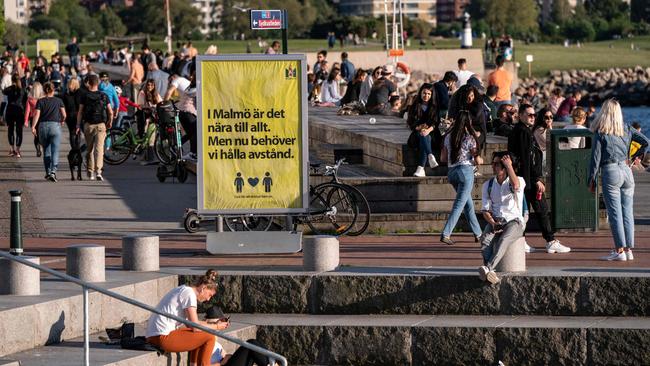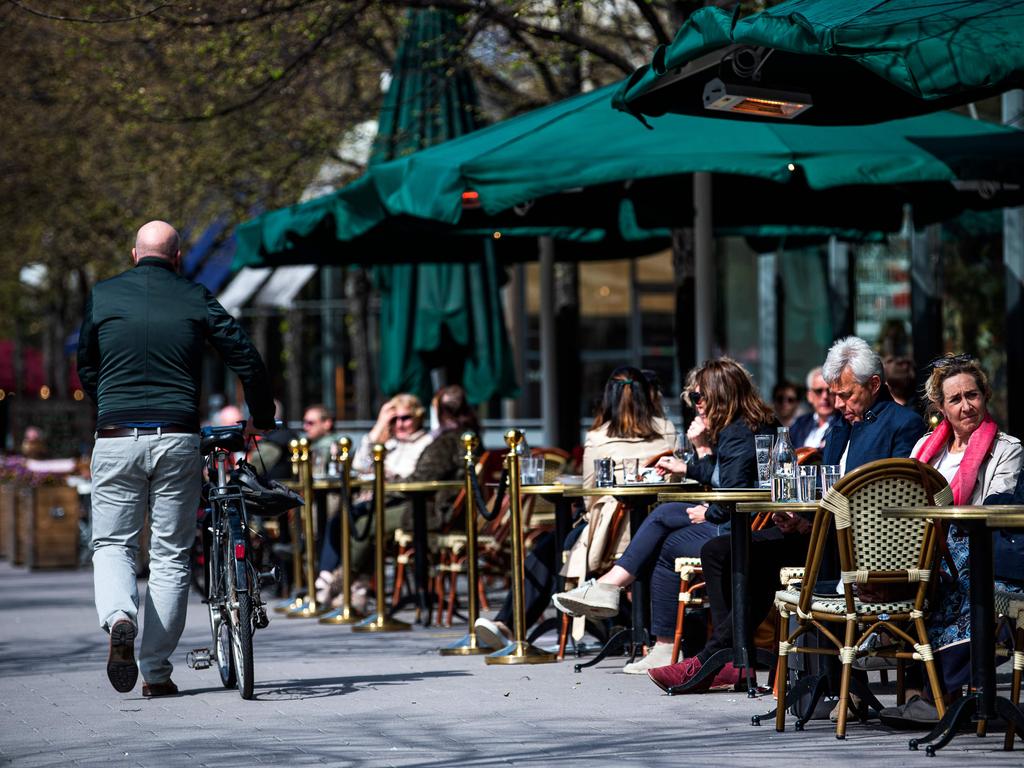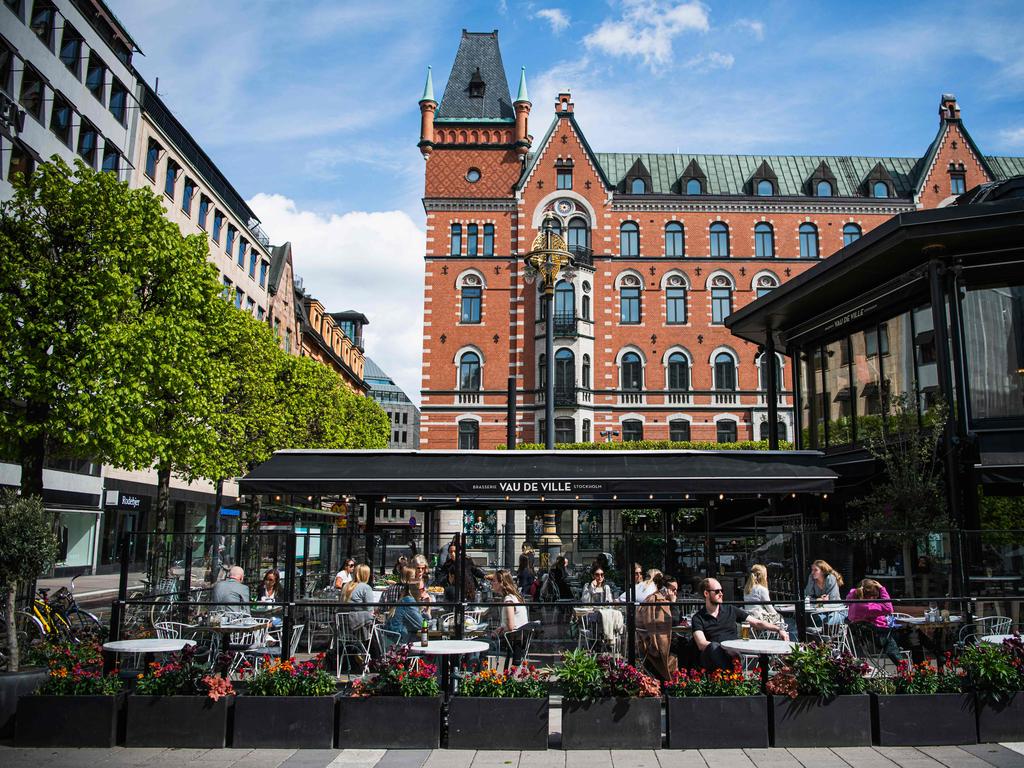
Sweden avoided lockdowns. It allowed shops, restaurants, bars and nightclubs to remain open, with social-distancing guidelines. It permitted gatherings of 50 people or fewer. Most of the country’s K-12 students continued to attend classes.
Sweden’s strategy has produced some positive results. Restrictions on liberty have been kept to a minimum. For the most part, citizens have been able to maintain normal social lives. As a result, Swedish authorities can make a plausible case that they are on a more sustainable course than are countries that have relied on more burdensome measures. Should America have followed Sweden’s example?
The underlying differences between the US and Sweden make it difficult to answer with confidence. America is large and diverse, while Sweden is small and relatively homogeneous. Sweden is more sparsely populated and has about twice the rate of single-person households, two factors that tend to limit transmission of infectious diseases. Economic inequality in Sweden is low, and in the US it is high, by the standards of advanced economies. Sweden’s population is significantly healthier, with much lower rates of diabetes and obesity, and a higher life expectancy. Sweden has a well-funded, widely accessible public-health system. The US doesn’t.
But the differences are greatest in the realm of public attitudes. Sweden is a high-trust society. In the US, the share of the population that believes “most people can be trusted” has fallen by one-third during the past half-century, while trust in Washington has fallen by more than two-thirds. In the US, individualism reigns; Swedes place a higher value on social solidarity. Sweden has achieved about the same level of compliance through voluntary decisions as the US has with enforceable mandates.
If the two countries had followed the same strategy, Sweden’s demographic and institutional advantages should have led to a COVID-19 mortality rate significantly lower than America’s. In fact, Sweden’s mortality rate is about 30 per cent higher than the US rate, and America doesn’t have a low rate by the standards of highly developed societies. Swedish officials have conceded that their country has failed to protect its elderly citizens. If the US had adopted Sweden’s approach and experienced Sweden’s death rate, 30,000 Americans who are alive today, many of them parents and grandparents, would have perished.

Until recently, Sweden’s defenders had a rejoinder: Countries with mandatory lockdowns are only postponing the inevitable. Because a higher fraction of Sweden’s population had become infected, it would reach “herd immunity” much faster than other countries, whose death rates would catch up. In April, the country’s chief epidemiologist, Anders Tegnell, cited estimates that Stockholm had probably achieved an immunity rate of 15 per cent to 20 per cent, and the Swedish Public Health Agency projected that one-third of Stockholmers would be infected by May 1.
But when tests were conducted, it turned out only 7.3 per cent of Stockholm residents had contracted the disease and developed antibodies against it by late April. Sweden’s infection rate is between 4 per cent and 7 per cent, no higher than in the US and far short of the 60 per cent to 70 per cent needed to bring the pandemic to a halt. Sweden’s high mortality rate hasn’t significantly reduced its future vulnerability. During the weeklong period ending May 19, in fact, Sweden had the highest COVID-19 death rate in all of Europe.
Nor has its approach saved its economy. Sweden’s economy is projected to shrink by 7 per cent to 10 per cent in 2020, in line with European neighbours and somewhat worse than projections for the US.

The best comparison is between Sweden and Norway, its neighbour to the west. These two countries are similar in many respects, including economic inequality, life expectancy, health systems, and premature deaths from COVID-19 risk factors. Meanwhile, Sweden has a COVID death rate of 405 per million, nine times that of Norway. Yes, Norway’s infection rate is well below Sweden’s, suggesting that Norway’s death rate will rise as it relaxes restrictions on economic and social activity. But after correcting for this, Norway’s performance is still better.
There is no reason to believe that the US would have been better off following Sweden’s strategy — unless you believe that maintaining a more normal social life would have been worth tens of thousands of additional deaths.
The Wall Street Journal








As the US haltingly reopens its economy and nears its 100,000th death from COVID-19, many are wondering whether the country could have followed a better path. Some have pointed to Sweden as the model of a less intrusive government response that relied on individual compliance and common sense rather than edicts and laws.